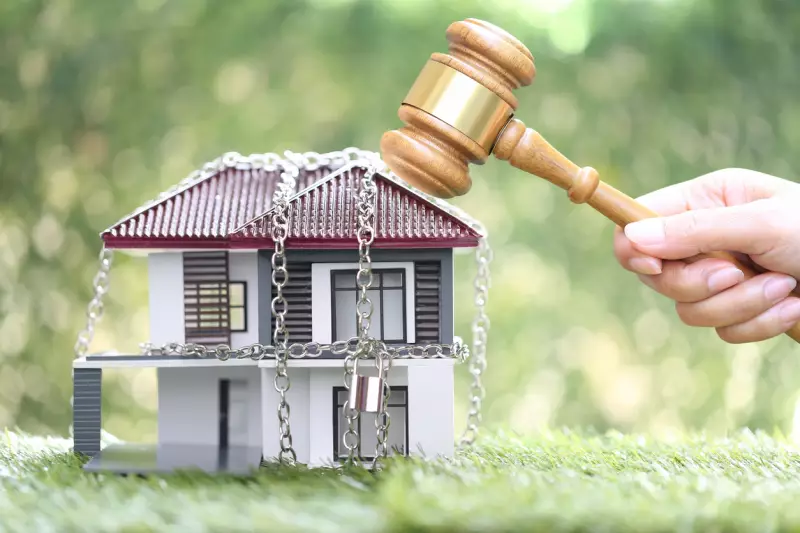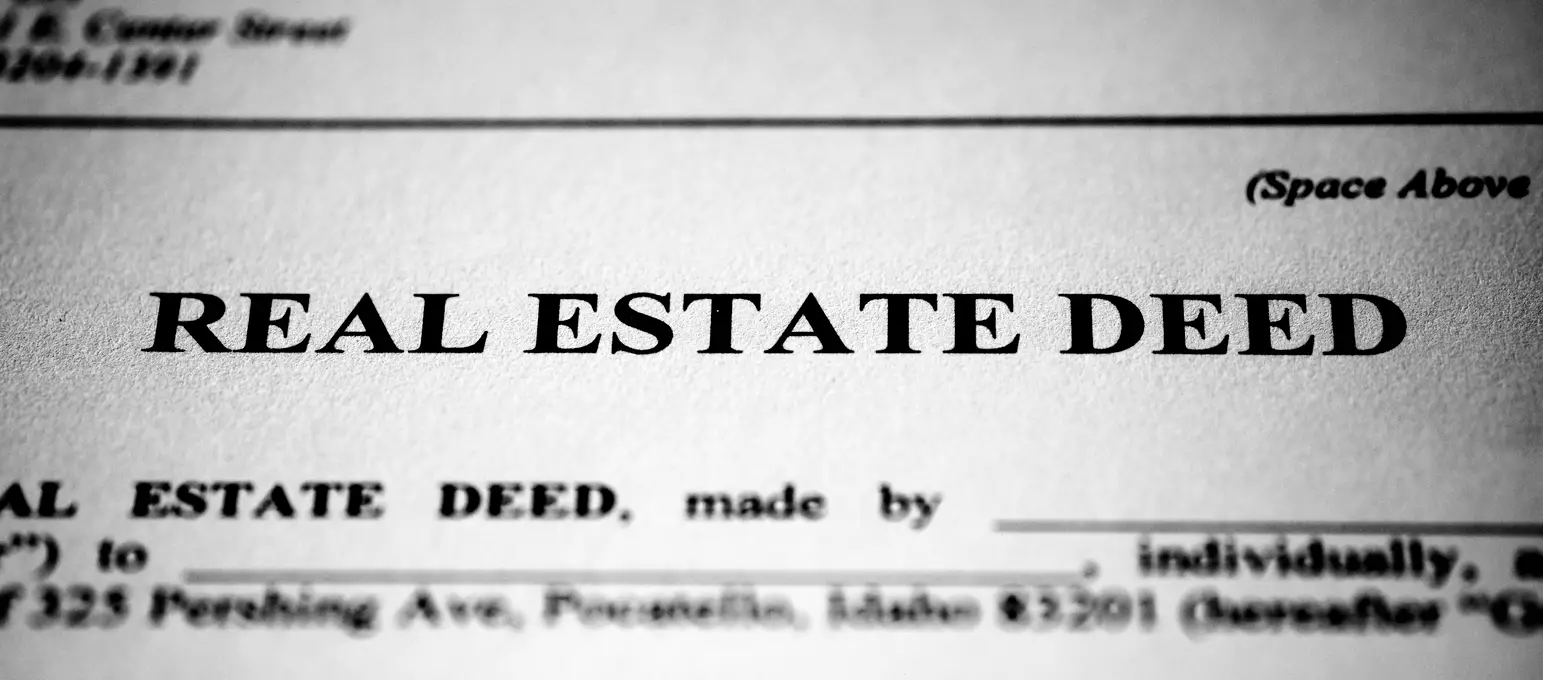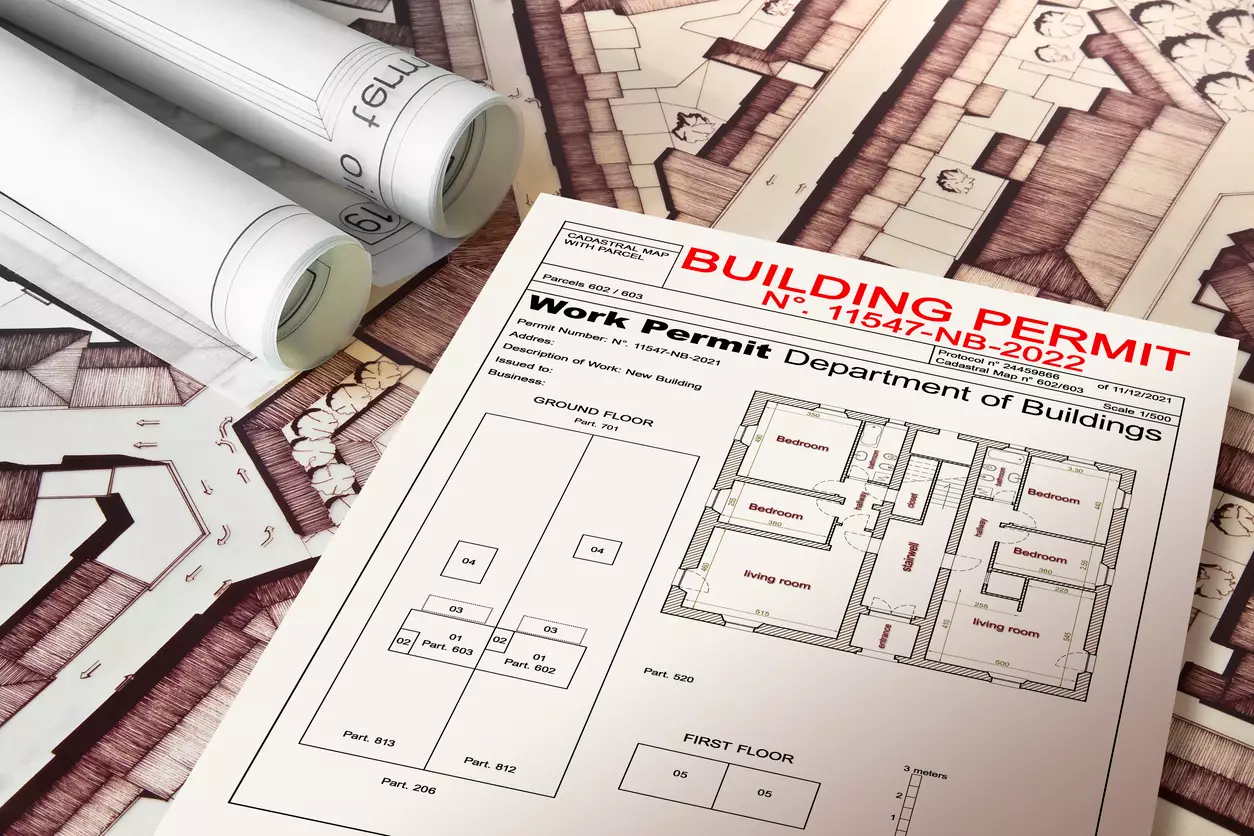What Is the Difference Between a General Lien and a Specific Lien?

Table of Contents
- What Is the Difference Between a General Lien and a Specific Lien?
- Understanding Liens: An Overview
- What Is a General Lien?
- What Is a Specific Lien?
- Key Differences Between General and Specific Liens
- Scope of Applicability
- Type of Debt Secured
- Enforcement
- Priority of Payment
- How Liens Impact Property Ownership
- Restriction when Selling the Property
- Challenges in Obtaining Financing
- Marketability
- Foreclosure Risk
- What are Specific Liens in Real Estate?
- Mortgage Liens
- Mechanic’s Lien
- Tax Lien
- Vendor’s Lien
All property owners have to consider different factors before closing on properties. These may include financial preparedness, typical legal considerations, taxation, overall conditions, and the current market. Legal aspects are among the first things to consider, including the liens that have been set against the property in question.
Liens refer to claims a creditor has over the debtor's assets, which are the security for debts that have not been paid. There are two lien models: general and specific. An understanding of the question - what is the difference between a general and a specific lien? - would assist one in making a more informed or wiser property purchase.
Understanding Liens: An Overview
A property with a lien set against it can prevent ownership from transferring to another individual. A lien refers to legal claims that allow a creditor to hold the assets as collateral for debts. Liens are also attached to properties, not people, so they can remain even when there is a change in ownership. An example is when it has been passed through inheritance. When debtors default, the creditor would be justified in taking steps to recover the debt. It may entail selling the property on which the lien is connected.
Liens are also public records filed within the county where the property has been listed. That means aspiring lenders, emerging property owners, and lawyers may gain access when doing a title search.
General or specific liens are grouped according to whether they are voluntary or involuntary. Voluntary liens are when the debtor agrees to offer their assets or property as collateral. Involuntary liens, though, are those enforced without the person’s consent. Some examples of involuntary liens are child support payments, special assessments, or property taxes. Liens may also come with particular durations. Mortgage liens, for example, last for the time the mortgage is in effect.
What Is a General Lien?
Parties interested in what a general lien is may note it is a typical claim made against an individual’s properties or assets. It can affect personal assets such as boats, cars, furniture, equipment, houses, and land. So, when debts connected to general liens are recovered, they have the potential to clear the debtor's entire portfolio. They can remain in effect until the debt has been paid or resolved according to what would satisfy the credit.
Similarly, when the debt has been paid, these liens should be discharged by the creditor or the courts. They do not just go away. The majority of general liens, though, are involuntary. Some types of general liens include federal income taxation, state inheritance tax, judgment tax, child support, and debts left upon death.
What Is a Specific Lien?
Specific liens are legal claims made against certain assets or properties. Thus, the recovery linked with specific liens may only impact the asset with which the claim is connected. In cases where both general and specific liens are made against properties, the specific liens have priority. That means they have to be settled first before proceeding to the general lien.
Specific liens in real estate also follow the property. That means they can remain in effect even if the property goes from one person to another. This lien type can also be foreclosed on, meaning creditors can force a sale if the debtor fails to repay in the stipulated time. The goal is to recover the debt through legal processes. Specific liens may be voluntary or not. Some examples are property taxes, attachment liens, mortgages, and mechanic liens.
Key Differences Between General and Specific Liens
Both forms of liens are legal claims made against assets or properties that can be enforced to satisfy their debts. However, they have distinct differences that can be classified as follows:
Scope of Applicability
As their name suggests, specific liens are limited to particular assets. When a person cannot pay their mortgage, their lender is given the right to foreclose on the property to recover it. General liens tend to have a bigger scope when applied, as they are in effect until the debt is completed. General liens have a much greater scope of application because they remain in effect until the entire debt is satisfied. If one asset is insufficient to complete the debt payment, additional assets may be liquidated until they are paid off.
Type of Debt Secured
Specific liens usually apply to specific debts that involve services rendered, loans, or contracts that involve a particular asset. General liens, on the other hand, can arise from things like unfulfilled tax obligations and court judgments. Certain loans from financial institutions can also be served with general liens. The creditor usually specifies the type of liens applicable in the loan agreement.
Enforcement
When enforcing a general lien, a creditor may choose which of the debtor’s properties or assets to seize or sell to recover the debt associated. However, when enforcing a specific lien, the creditor can only seize the asset linked to the debt.
Priority of Payment
If multiple liens exist over a particular property, specific liens are prioritized more than general liens. Therefore, when a property is sold or foreclosed to recover a debt, the specific liens are settled first before general liens.
|
Characteristic |
General Lien |
Specific Lien |
|
Scope of Availability |
This applies to all the debtor’s assets |
Limited to specific assets |
|
Type of Debt Secured |
They typically arise from involuntary liens like unfulfilled tax obligations and court judgments |
This applies to specific debts that involve services rendered, loans, or contracts that involve a particular asset |
|
Enforcement |
The creditor can choose the debtor’s asset(s) upon which to enforce the lien. |
The creditor cannot choose because the assets that serve as collateral have already been specified. |
|
Priority of Payment |
Has lower priority |
Has higher priority |
How Liens Impact Property Ownership
Liens can affect property ownership in the following ways:

Restriction when Selling the Property
In most cases, when a property has liens made against it, its ownership cannot be transferred until the debt associated with the lien is paid off. Therefore, take your time paying a down payment for a house or piece of land. First, check the property public records at your county office to determine whether the property has any unsatisfied liens made against it.
Verify Property Ownership
Before proceeding with any property transaction, it is crucial to confirm the property owner. Checking ownership records helps ensure that the seller has the legal right to transfer the property. You can verify ownership through public records at your county office or by using property history services, which may also reveal any ownership disputes or irregularities.
Challenges in Obtaining Financing
Lenders usually check the title status of properties and assets before offering financing options. They are likely to turn down loan applications when they determine that the title in question has liens made against it.
Marketability
Fewer people inquire about properties with liens. This is because committing to purchase a property with liens means agreeing to resolve them and any other issues arising.
Foreclosure Risk
When liens remain unpaid for longer than the initial stipulated period, creditors have the legal right to initiate foreclosure proceedings at any point to recover the debt. Therefore, developing or improving a property with liens hanging over it is risky.
What are Specific Liens in Real Estate?
In real estate, a specific lien is a claim placed on a property, such as a house or a plot of land, to secure a debt obligation. As previously described, the lien is tied to that specific property and must be settled before the property can be transferred. Here are some common types of specific liens in real estate:
Mortgage Liens
Research indicates a significant percentage of the US consumer debt is mortgage debt. A mortgage lien is placed as security for the loan used to buy a property like a house or building. The creditor reserves the right to foreclose on the property if the debtor fails to pay his or her monthly payments on time.
Mechanic’s Lien
This type of lien is placed by contractors, service providers, or suppliers on properties or assets as security for unpaid work or materials used during construction or renovation.
Tax Lien
The government enforces this type of lien when property taxes go unpaid. The government can seize or foreclose properties to recover the tax debt. The property tax calculation is based on the assessed value of the property and the applicable tax rate set by the local authorities.
Vendor’s Lien
In real-estate transactions where a property’s price is not paid in full, the seller (or vendor) may place a vendor’s lien on the property as security for the balance of the payment.
Search Property & Deed Records
Table of Contents
- What Is the Difference Between a General Lien and a Specific Lien?
- Understanding Liens: An Overview
- What Is a General Lien?
- What Is a Specific Lien?
- Key Differences Between General and Specific Liens
- Scope of Applicability
- Type of Debt Secured
- Enforcement
- Priority of Payment
- How Liens Impact Property Ownership
- Restriction when Selling the Property
- Challenges in Obtaining Financing
- Marketability
- Foreclosure Risk
- What are Specific Liens in Real Estate?
- Mortgage Liens
- Mechanic’s Lien
- Tax Lien
- Vendor’s Lien
Related Articles
Recent Articles
-
![]() Best Real Estate Markets to Invest in 2025 for Maximum Returns
Best Real Estate Markets to Invest in 2025 for Maximum Returns
-
![]() What Is Appraised Value and What Does a Property Appraiser Do?
What Is Appraised Value and What Does a Property Appraiser Do?
-
![]() What Is a Property Deed Transfer and How Does It Work
What Is a Property Deed Transfer and How Does It Work
-
![]() Everything You Need to Know About Building Permits in Florida
Everything You Need to Know About Building Permits in Florida
-
![]() Everything You Need to Know About Commercial Property Insurance
Everything You Need to Know About Commercial Property Insurance










